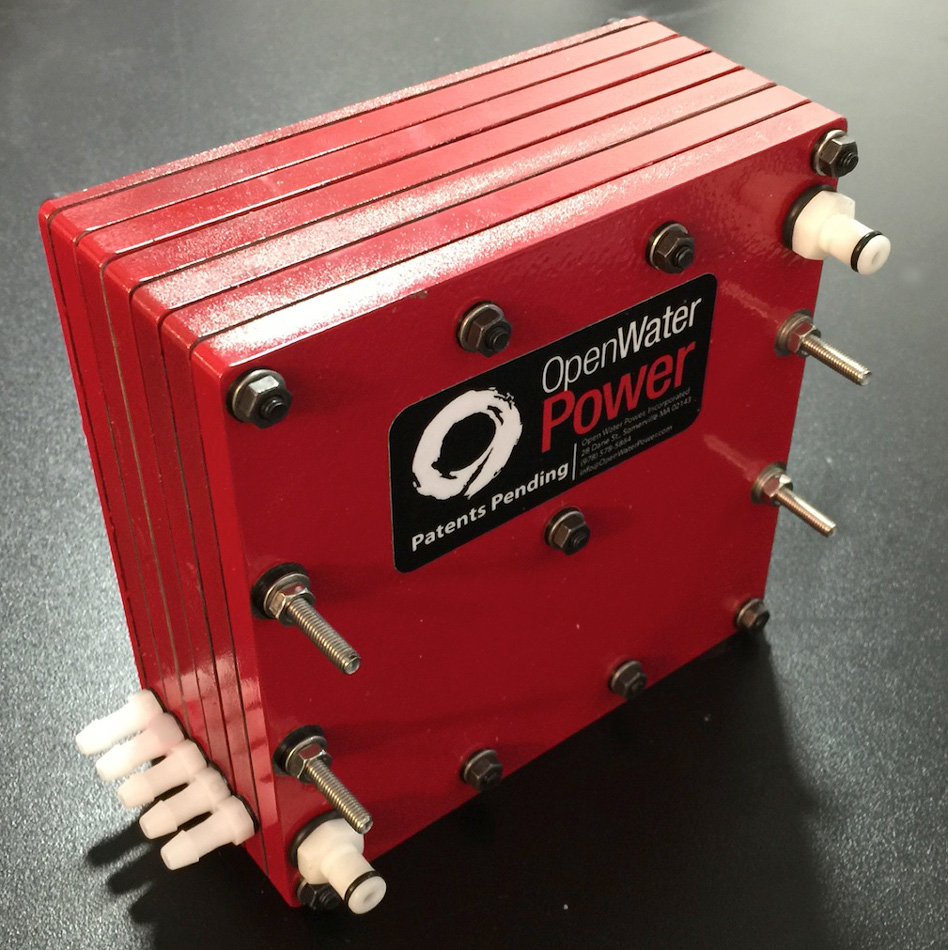The recent acquisition of MIT spinout Open Water Power (OWP) by defence company L3 Technologies will help with the development of its innovative battery technology for a wide range of undersea applications, the company says.
OWP is currently working with the US Navy to develop new batteries for acoustic sensors designed to detect enemy submarines. It now also plans to work on technologies for unmanned underwater vehicles (UUVs) for ocean floor monitoring, sonar buoys and other marine research devices. Its next partnership will be with Riptide Autonomous Solutions, which will UUVs for underwater surveys.

The new type of battery is claimed to be safer and more durable than lithium ion technology, and according to OWP could increase the range of UUVs tenfold, while also making their operation easier.
The system consists of three main components: an aluminium alloy anode, an alkaline electrolyte containing potassium hydroxide, and a nickel-alloy cathode designed to split water into hydrogen and hydroxide ions, similar to those used in systems for enriching the air in crewed submarines with oxygen. When the battery is submerged in the sea, seawater is pulled in and split at the cathode. The hydroxide ions react with the aluminium anode, creating aluminium hydroxide and releasing electrons which travel back to the cathode, donating energy to a circuit along the way. The anode gradually corrodes, and can be replaced at low cost, while the hydrogen and aluminium hydroxide — precipitated as a solid into a foam rubber sponge — are jettisoned as waste.
The company's founders, mechanical engineers Ian Salmon McKay and Thomas Milnes and nuclear engineer Ruaridh MacDonald, compare the battery to an engine where the water fulfils a similar role to air, acting as an oxidiser to feed chemical reactions. “Our power system can drink sea water and discard waste products,” McKay said, “but that exhaust is not harmful, compared to the exhaust of terrestrial engines.”
McKay and Milnes developed the battery as a side project during their PhDs, developing a gallium-rich alloyed aluminium anode and devising ways to slow down its corrosion and prevent aluminium hydroxide from depositing on its surface, which slows down the reactions — the potassium hydroxide plays a role here. “People at MIT were doing strong science for science’s sake, but everyone was keenly aware of the possibility of bringing technologies to market,” McKay said. “I probably had three to four different startup ideas in various stages of gestation at any given time, and so did all my friends. It was an environment that encouraged the playful exchange of ideas, and encouraged people to take on side projects with real prizes in mind.”
UUVs currently use lithium ion batteries, which require the use of service ships to take them to site and recharge them. The batteries need to be encased in pressure vessels and cannot be transported by air because of the risk of fire. OWP claims that its batteries are safer, allow the submarines to be launched from the shore do not need service ships and can venture further out away from the coast than conventional UUVs. “Everything people want to do underwater should get a lot easier,” McKay said. “We’re off to conquer the oceans.”




Swiss geoengineering start-up targets methane removal
No mention whatsoever about the effect of increased methane levels/iron chloride in the ocean on the pH and chemical properties of the ocean - are we...